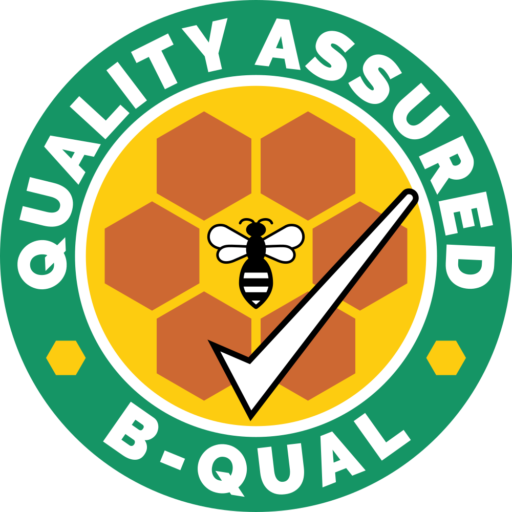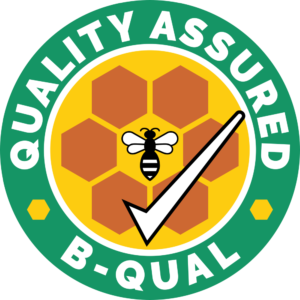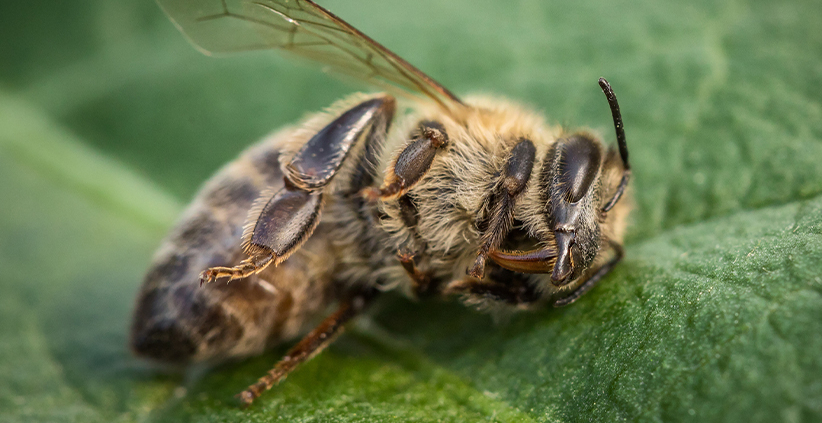How to Identify and Prevent American Foulbrood (AFB) in Your Hives
A Deadly Threat Every Australian Beekeeper Must Know
American Foulbrood (AFB) is one of the most serious diseases affecting honeybee colonies in Australia. Caused by the bacterium Paenibacillus larvae, AFB attacks the brood (developing bee larvae), ultimately leading to colony collapse if left undetected. What makes AFB particularly dangerous is how easily it spreads—and how difficult it is to eradicate once established.
For Australian beekeepers, recognising the signs early and acting quickly is crucial. Since there’s no cure and treatment is not allowed in many parts of Australia, prevention and vigilance are the beekeeper’s best defences.
What is American Foulbrood?
AFB is a bacterial brood disease that affects honeybee larvae before they pupate. The bacteria produce resilient spores that can survive for decades on hive equipment, making AFB both persistent and highly infectious.
The spores are usually introduced into the hive via contaminated equipment, robbing bees, or beekeepers moving infected gear between colonies. Once ingested by young larvae, the spores germinate, multiply rapidly, and kill the developing bee. Worker bees then unknowingly spread the spores through cleaning activities.
How to Identify AFB in Your Hive
Early detection is vital. Here are the key signs beekeepers should look for:
- Irregular brood pattern with patchy, sunken, or discoloured cappings
- Dark, greasy, or perforated cell cappings
- A distinctive foul odour, often described as sulphurous or rotten
- Ropiness test: Insert a matchstick into a sunken cell and gently withdraw. If the contents stretch into a rope-like string over 2 cm, it’s likely AFB.
- Scale at the bottom of the cell: Dead larvae dry into a hard, dark scale that sticks tightly to the cell wall.
If AFB is suspected, the hive must be quarantined immediately and reported to your local biosecurity authority. In most Australian states, the infected hive must be destroyed to prevent further spread.
Preventing the Spread of AFB
AFB prevention relies heavily on hygiene, inspection, and strong biosecurity practices:
- Inspect regularly: Check brood patterns and cell health often, especially during spring buildup and after honey flows.
- Practice strict hive hygiene: Clean tools between hives, avoid sharing frames, and use gloves that can be sanitised or disposed of.
- Mark and track equipment: Keeping records of where your boxes and frames come from helps trace and contain outbreaks.
- Avoid purchasing used equipment: Spores can survive for decades. Always buy new or thoroughly sterilised gear.
- Requeen regularly: Strong, hygienic queens lead colonies that are better at identifying and removing infected brood.
The Importance of Reporting and Compliance
AFB is a notifiable disease in Australia. If you suspect or confirm an infection, you are legally required to report it to your local Department of Primary Industries (DPI) or biosecurity authority. This helps prevent outbreaks and protects the broader beekeeping community.
Conclusion: Vigilance Is Your Best Defence
American Foulbrood may be microscopic, but its impact can be devastating. With no cure and strict regulations around handling outbreaks, early detection and prevention are the best tools for Australian apiarists.
By staying alert, practising good hygiene, and following biosecurity protocols, beekeepers can protect their hives and help safeguard Australia’s broader bee population. Don’t wait for signs of disease to appear; regular inspections and proactive management are key to keeping your hives healthy and productive.
– Become BQUAL certified –

Proudly display the B-QUAL logo and demonstrate your enterprise is operating in accordance with the industry requirements and expectations of consumers, markets, regulatory authorities and the wider community, in relation to the key issues of food safety and industry best practices.



